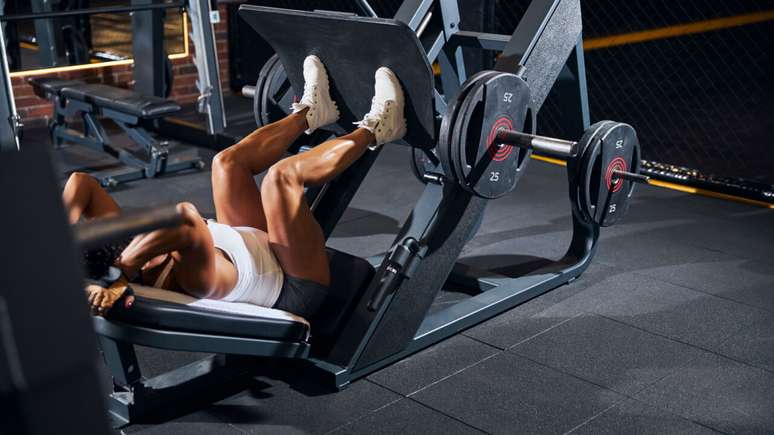Another thesis that reinforces the fact that it is not interesting to discard the “leg day”
Any effort is valid to have a healthy body, right? Even better when this extra focus on exercise translates into good health. In this sense, the study by the quartet of researchers from King’s College London supports that leg exercise helps maintain cognitive functions.
How does leg exercise help maintain cognitive function?
The aim of this group of scientists was to verify whether it was possible for muscular fitness to predict cognitive changes in a healthy elderly population over a ten-year period.
Additionally, this team examined whether distinctions in leg power predicted differences in brain structure and function after 12 years of tracking in pairs of twins.
In total, 324 healthy twins aged between 43 and 73 years participated in this experiment, after completing the CANTAB (Cambridge Automated Neuropsychological Test Battery) at two ten-year “break” points.
This linear regression model assessed relationships between baseline leg strength, exercise, and subsequent cognitive change, comprehensively adjusting for baseline variables, including heart disease, diabetes, blood pressure, fasting blood glucose, lipids, diet, body habits, smoking, alcohol, reading level, socioeconomic status and birth weight.
The discordant twin study was used to adjust for shared factors, and the “coupling” of muscular fitness with brain structure and function was subsequently assessed through this model and paired tests.
The result and conclusion of this research
The result of this research showed a notable protective relationship between muscular fitness and cognitive change corresponding to ten years. Even taking into account common genetics and the early life environment shared by the twins, leg strength predicts cognitive aging and overall brain structure.
Finally, they reinforced that interventions to improve long-term leg power have an impact on achieving the universal goal of healthy cognitive aging.
The word to the experts
“The study is very specific. They didn’t apply any kind of leg training protocol and only looked at what I saw in the methods. It’s a specific audience and so I think all of this needs to be taken into consideration,” he reflects Smart Fit technical manager Lucas Florêncio in an exclusive interview with Sport Life.
“It is important to be aware that while the heart is the main protagonist of the arterial system, the calf muscles are mainly responsible for the effective return of blood to the lungs. This is why we say that the calf is the heart of the It is easy to imagine it this way that any situation where the calf is not functioning properly will worsen circulation and reduce the speed of blood in the veins,” explains the vascular surgeon Dr. Aline Lamaita.
Source: Terra
Ben Stock is a lifestyle journalist and author at Gossipify. He writes about topics such as health, wellness, travel, food and home decor. He provides practical advice and inspiration to improve well-being, keeps readers up to date with latest lifestyle news and trends, known for his engaging writing style, in-depth analysis and unique perspectives.








